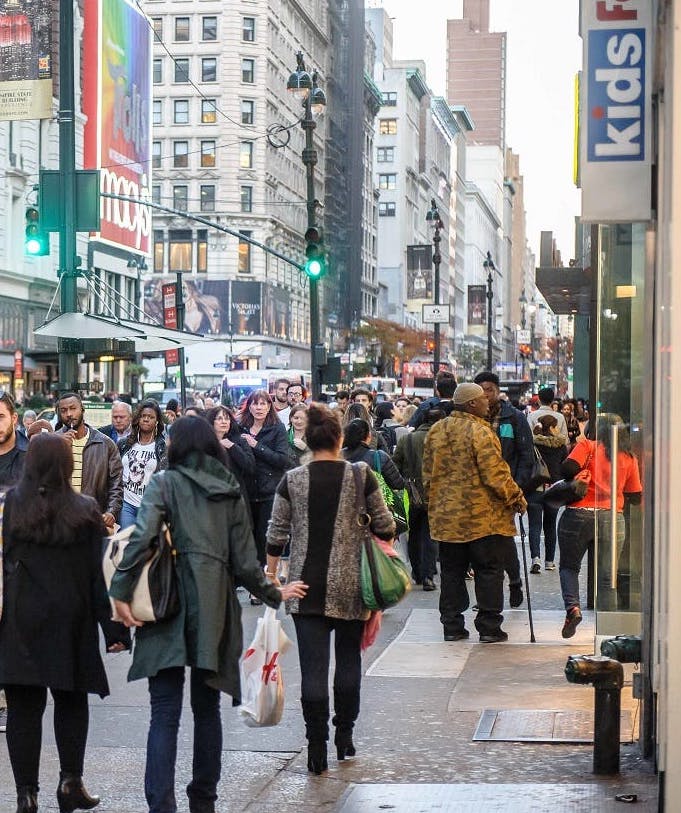
Personally, I have always favored public spaces. Although in two instances, I rented homes in subdivisions I would never consider buying property in one. I find being told what color to paint my house and how often I need to mow my lawn objectionable. I prefer shopping in a real downtown rather than a shopping mall. The environment might be a bit grittier. I may be subject to unskilled street musicians or required to negotiate with an occasional panhandler. However, I prefer the freedom granted and authentic expressions found in these spaces. Neighborhoods and commercial districts built around public spaces and infrastructure may require a bit more mental energy but create a more dynamic, diverse, enriching, expressive space in which to live out your life
In the United States we have seen a growing disinterest in our public spaces in favor of what some are calling quasi-public spaces. Public spaces are those spaces that we collectively own and our local, state and federal governments are supposed to manage for the common good. These spaces are created and maintained by public tax dollars. Examples of public spaces include public parks, national forests, sidewalks/streets and libraries. Some communities have public swimming pools, recreation centers, town squares, fair grounds, museums or public transportation networks. Public spaces are environments where people’s personal rights inevitably intersect and often conflict. In a democratic society the rules and regulations that guide the use of public spaces are developed through an often laborious political process. The intent of this process is that all interests can be considered before elected officials make decisions.
Quasi-public spaces, on the other hand, have the appearance of being open to all but are in fact privately owned and curated. On private property rules can be established and strict guidelines enforced by a single individual, foundation or business. Because it is expensive to establish and maintain these spaces they usually center around some form of commerce or powerful interest.
The most visible quasi-public spaces include outdoor shopping malls designed to look like quaint towns, parks/roads in private real estate developments and private university or corporate campuses. Because these spaces are privately owned it is easy to remove, say, a homeless individual or anyone else that may be disrupt or distract from the space’s intended purpose. Although private citizens and businesses cannot legally discriminate, they are granted great latitude in protecting and managing the experience and environment under their control.
What is the cause for people’s lack of interest in our public spaces? Is it the time and effort required to negotiate a diverse, complex, open environment? Are public spaces becoming less important as more of our public life is played out on electronic media? Are we retreating into our private spaces where we don’t need to work out our differences and have ultimate control? Is our lack of investment in public spaces and infrastructure making them unpleasant and unhealthy to occupy? Regardless, I fear we are unwittingly losing a valuable pillar of our civic life.
